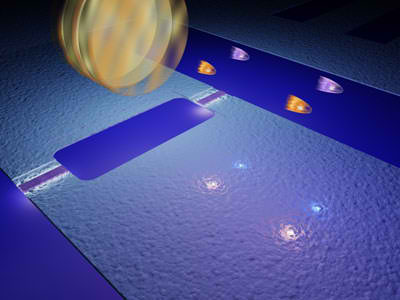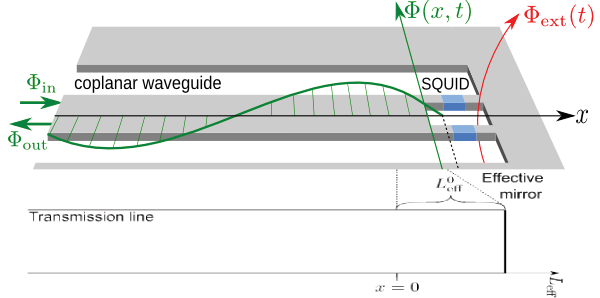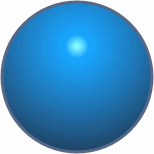Dynamic Casimir Phenomena
![]() Accelerating bodies in vaccum may experience friction, and emit radiation.
Accelerating bodies in vaccum may experience friction, and emit radiation.
"Quantum Theory of the Electromagnetic Field in a Variable-Length One-Dimensional Cavity,"
G. T. Moore, J. Math. Phys. 11, 2679 (1970)
"Radiation from a Moving Mirror in Two Dimensional Space-Time: Conformal Anomaly,"
S. A. Fulling and P. C. W. Davies, Proc. R. Soc. London, Ser. A 348, 393 (1976).
...
"Observation of the dynamical Casimir effect in a superconducting circuit,"
C.M. Wilson, G. Johansson, A. Pourkabirian, M. Simoen, J.R. Johansson, T. Duty, F. Nori & P. Delsing, Nature 479, 376 (2011).


![]() Stationary (time invariant) moving states:
Stationary (time invariant) moving states:
"Shearing the vacuum - quantum friction,"
J.B. Pendry, J. Phys.: Condens. Matter 9, 10301 (1997).
"Near-field radiative heat transfer and noncontact friction,"
A. I. Volokitin and B. N. J. Persson, Rev. Mod. Phys. 79, 1291 (2007).
![]() Rotation: Consider waves of frequency ω and angular state m impinging on object roation with frequency Ω
Rotation: Consider waves of frequency ω and angular state m impinging on object roation with frequency Ω

Lab frame:
Object frame:
"Generation of waves by a rotating body,"
Ya B. Zel'dovich, JETP Lett. 14, 180 (1971); If ω' and ω have opposite signs:
Amplitude of (classical) scattered wave exceeds incoming wave (Super-radiance).
Conjectured (quantum) spontaneous emission with no incoming wave.
"Spontaneous emission by rotating objects: A scattering approach,"
M.F. Maghrebi, R.L. Jaffe, & M. Kardar, PRL108, 230403 (2012).
Number of photons in a mode of frequency ω and angular momentum m,
generated by object rotaring with angular velocity Ω is:

E.g., net power for a rotating cylinder:
The rotatiting cylinder also drags and spins small test bodies in its vicinity.